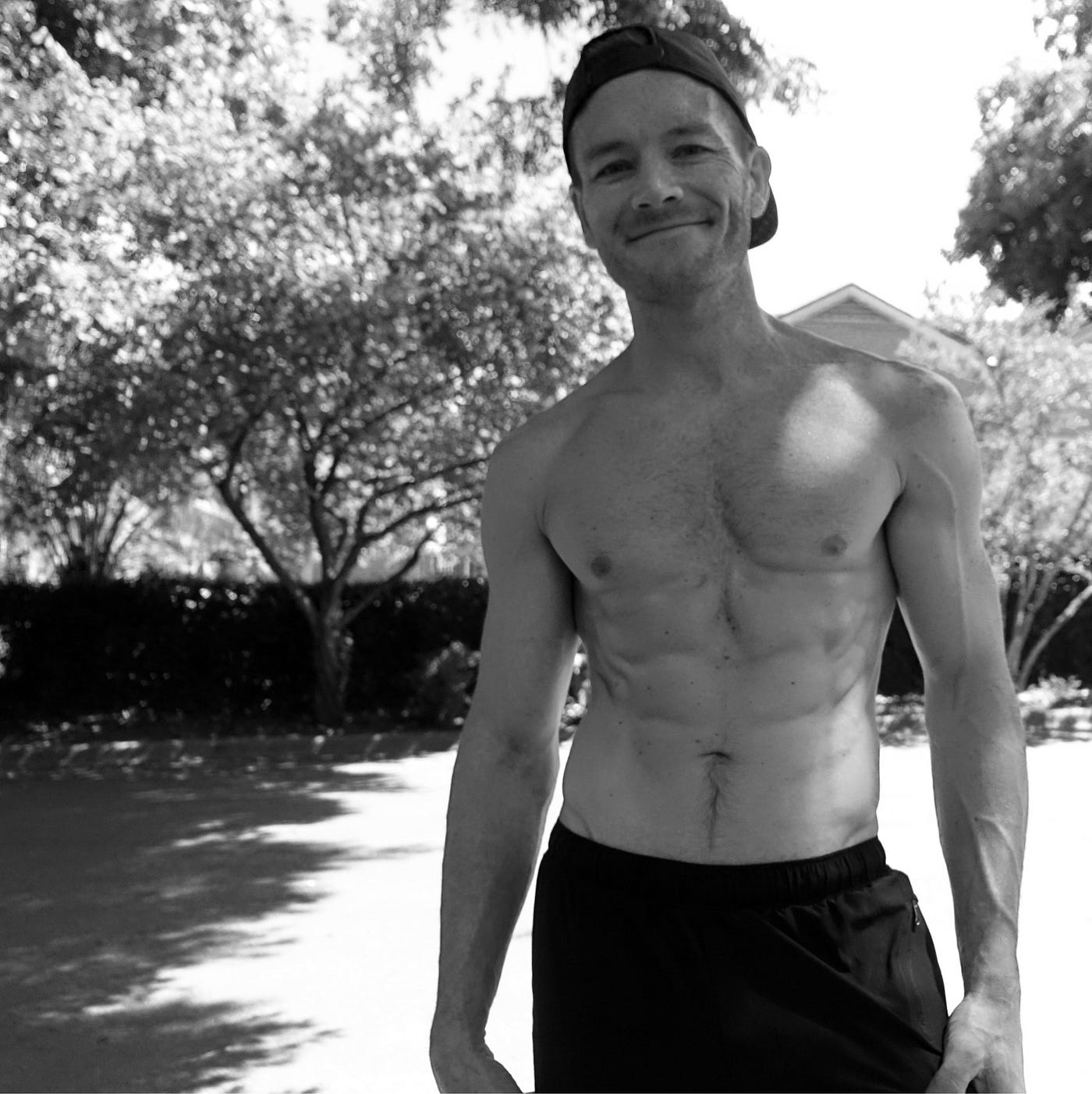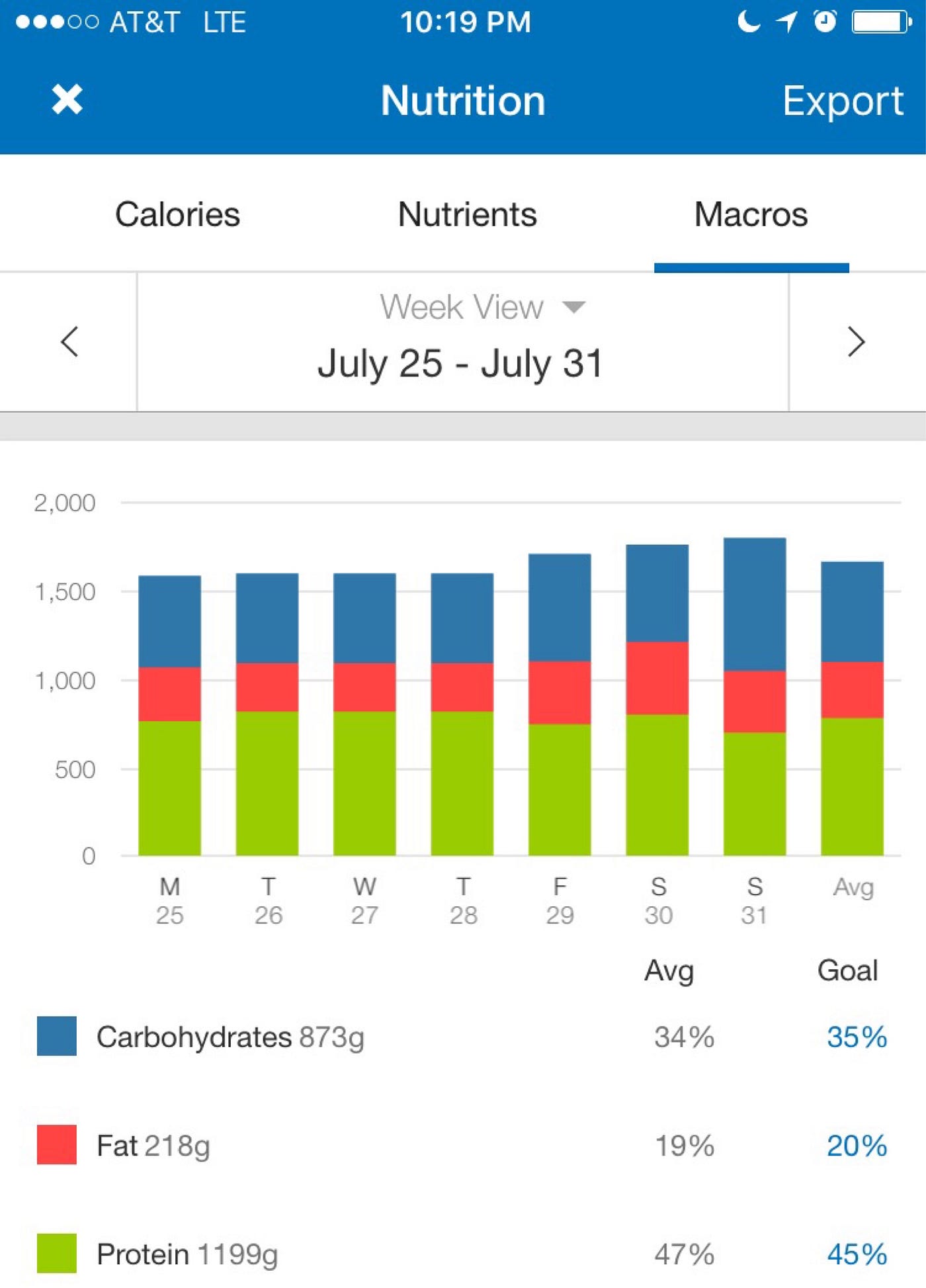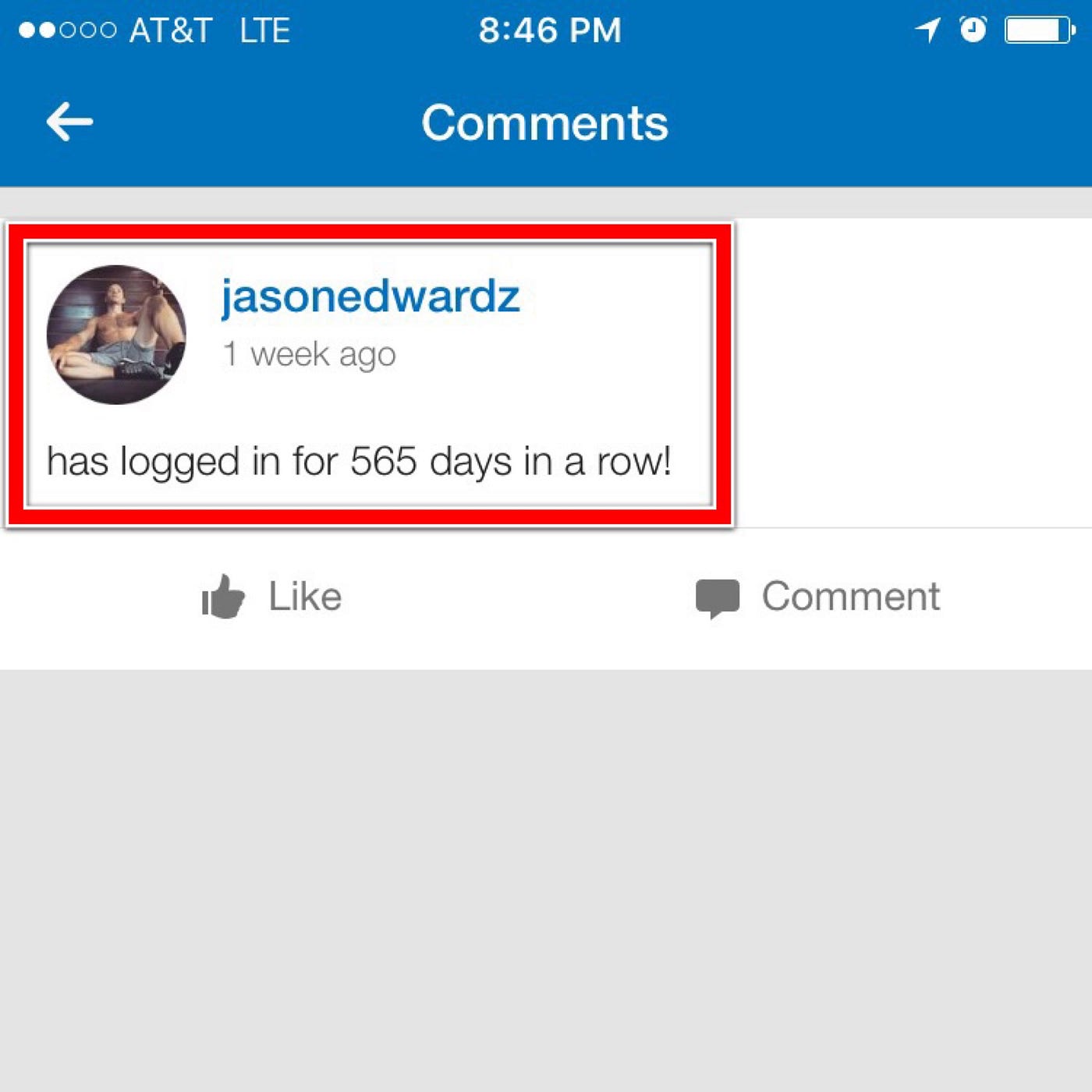How To Get To 10 Body Fat
How I finally got below 10% body fat
![]()

I've wanted to have six pack abs for as long as I can remember. When I was younger I wanted the atte n tion and ego boost I assumed would come along with a fit body. I would see pictures in fitness magazines of body builders and imagine what it would feel like to look like they did. As a young gay man discovering his sexual identity in the eighties, with no role model, it was complicated imagery to say the least. No one taught me how to take care of my body, so over time I did what most people do, I joined a gym and tried to use my workouts to get the body I wanted. I made progress and built some muscle but was never able to get my body fat low enough to see my abs.
Fast forward to last year and I'd stopped caring primarily about getting an ego boost. Now it was about proving to myself that I could do at 40-years old what comes so much easier for someone in their 20s. This time however, the information I needed was easily available online and I just happen to live with a personal trainer. To achieve my goal, it took a year of tracking everything I ate while making little adjustments as I studied how my body would respond. Finally, at 41-years old, my body fat is 8.6% and the six pack abs are in clear view. Along the way I learned eight important lessons.
Lesson One: Working out will not overcome a poor diet
I had to learn that just like I teach in sales, 80% of results come from 20% of effort. Think about how much time people spend in the gym to get the body they want. I'm sure like me, you see the same people in your gym day after day who look pretty much the same year to year. They spend all that time and effort only to look the same, if not fatter. This is because you simply cannot workout enough to overcome a bad diet. Even professional body builders who spend all day in the gym can't do that. I had to learn how incredibly powerful food is and acknowledge that 80% of my results were coming from the 20% of effort I was putting into my diet. Clearly, I had to learn how to fuel my body properly and eventually I found a formula from an Australian body building coach. I started applying the formula to my diet and results came fast. In fact, I started dropping 1–1.5 pounds per week.
Lesson Two: If you don't track it, you can't improve it.
I always knew I could improve anything I tracked in sales and although it seems obvious now, learning the right numbers to track to improve my physique was incredibly empowering. Here's the first part of the formula I used:
15 times your body weight in daily calories = maintain current weight
16 — 17 times body weight in daily calories = gain weight
11 — 12 times body weight in daily calories = lose weight
These are general guidelines and you're going to have to pick a starting point to see how your body responds. At 15x my body weight, I quickly learned I would add pounds, so I went to the low end of the scale. 11x my weight in calories caused me to drop weight fast but not so fast as to be unhealthy. One pound per week is a very healthy pace. Interestingly, as I began to lose weight people would make comments like "wow, you're getting bigger!". As you lose weight and gain muscle definition, people will think you're getting bigger.
Lesson Three: Hitting macro percentages is unnegotiable
Macro is short for macronutrient, of which there are three; protein, carbohydrates and fat and they form the second part of the formula. Once I determined my daily calorie requirements, I needed to figure out the make up of those calories and it turns out I was dramatically under consuming protein. The first adjustment I made was to begin tracking my food and ensuring that on a weekly basis my diet consisted of 40% protein, 35% fat and 25% carbs. I tried very hard to hit those numbers daily and over time learned there's going to be small variances throughout the week. If I hit those percentages on a weekly basis, the results continued to show. I can't emphasize enough how important it is to hit your macros. Very recently, I learned my fat percentage has been too high. Because of all the marketing out there, like many of you, I thought a low carb diet would lead to fat loss. For me, low carb meant low energy. These days I've dropped fat intake to no more than 20% and am getting even better results.
Here's an example using the formula for a 200 pound individual who wants to lose weight.
200 x 11 = 2200 total calories per day
You need 1–1.5 grams of protein per pound of body weight daily and each gram of protein has 4 calores. I've been at 1.25 grams per pound so we'll start there in our example.
200 x 1.25 = 250 grams of protein or 1000 calories. That's 45% of the daily total.
20% of daily calories should be fat. Fat has 9 calories per gram.
20% of 2200 calories = 440. That means you could have about 49 grams of fat daily.
This leaves 760 calories for carbohydrates which have 4 calories per gram which equals 190 grams.
RECAP: 2200 daily calories where 45% comes from protein, 20% comes from fat and 35% comes from carbs.
Those just happen to be my current macros.

Lesson Four: Everyone needs a tracking tool
This was the easy part. Ignore all the other apps and download MyFitnessPal. It will take you two weeks to get used to using the app. Many foods are already in the database and when they aren't, you can always enter ingredients individually. At restaurants, you'll have to do your best to estimate what you are eating. If your goal is to lose weight, ignore the calorie credits given for exercise and steps taken throughout the day. If you trust me and work hard at honestly tracking what you eat, within a few weeks, you'll begin to learn exactly what you'll need to eat to hit your macros.
Lesson Five: It's helpful to pre-eat meals
Just as some people use drugs as an escape, others use food. Pre-eating meals can help bring a mindful practice to your diet. The good news is, nothing is prohibited from the menu when eating this way. Certainly there are foods that are better for you than others but food in and of itself isn't healthy. People are healthy (or not) and food is nutritious (or not). In any case, eat whatever you want, you have the numbers now. As long as you have the calories available for the day and room in your macros, eat the doughnut or the ice-cream or the hamburger. If you aren't sure, put what you are thinking of eating in the app and see if it fits; this is what I mean by pre-eating. Hang around body builders enough and you'll learn the phrase "if it fits your macros" or #iifym. You might also hear the term "flexible dieting" which basically means you can eat what you want as long as you hit your numbers. See why I love this? This is how I've lived my professional life for over 20 years — give me numbers and I'll hit them!
Lesson Six: You must adjust along the way
As you lose weight you'll need fewer calories and will have to re-calculate the formula. Weight gain or loss is a simple matter of calories consumed vs. calories burned. A calorie deficit causes weight loss and a surplus causes weight gain. The macro percentages determine how your body looks at any given weight. Have you heard the term "skinny fat"? These people don't have a dramatic calorie surplus but they are usually eating a low protein diet that is not very nutritious. In a nutshell, as you lose weight you'll have to continue to lower your calorie intake until you reach your goal weight. As mentioned above, I've learned my body will give me even better results if I limit my fat intake to 20%. I've continued eating the same amount of calories and adjusted macros to 45% protein, 20% fat, 35% carbs. For my body, that's the magic combination and I would never have been able to figure that out without the prior months of tracking and observation.
Lesson Seven: It takes discipline multiplied by time
Patience is required. No one's gets fat overnight and you won't see weight loss or new muscle overnight either. Weigh yourself once every week or two, on the same day, same scale, while naked. Friday mornings I get up, use the bathroom and then weigh in naked before eating or drinking anything. This gives me consistent measurements and a few times a year I get much more official measurements on a DXA scan.

Lesson Eight: Workouts do matter
I understand many people reading this won't have a desire to get sub 10% body fat but will still want to lose a good amount of weight. The more dramatic your goal, the more important all this becomes. Getting below 10% body fat requires serious commitment. I didn't have to change much of what I did in the gym but I did need to make sure I honestly pushed myself as hard as I could while there.
Those are the basics and I could still keep writing! We didn't even talk about alcohol. If you want to lose weight and you like to drink, you're going to have to cut alcohol consumption dramatically. When I have a drink it's usually on the weekend and I lower my intake of other carbs to help balance it out.
If you've read this far I know you're seriously looking for help. I'm happy to answer any individual questions so message me anytime and I'll do my best help you get started. You can also inquire further and read the original post from Nick Cheadle in Australia that got me started here. If you get lost in the math and just can't figure it out, message me and I'll help.
Thanks for reading! If you enjoyed this post, please 👏🏼👏🏼so it's more likely others will see it.
How To Get To 10 Body Fat
Source: https://jasnedwards.medium.com/how-i-finally-got-below-10-body-fat-1fdbd30f2c2a
Posted by: harveybuind1969.blogspot.com

0 Response to "How To Get To 10 Body Fat"
Post a Comment